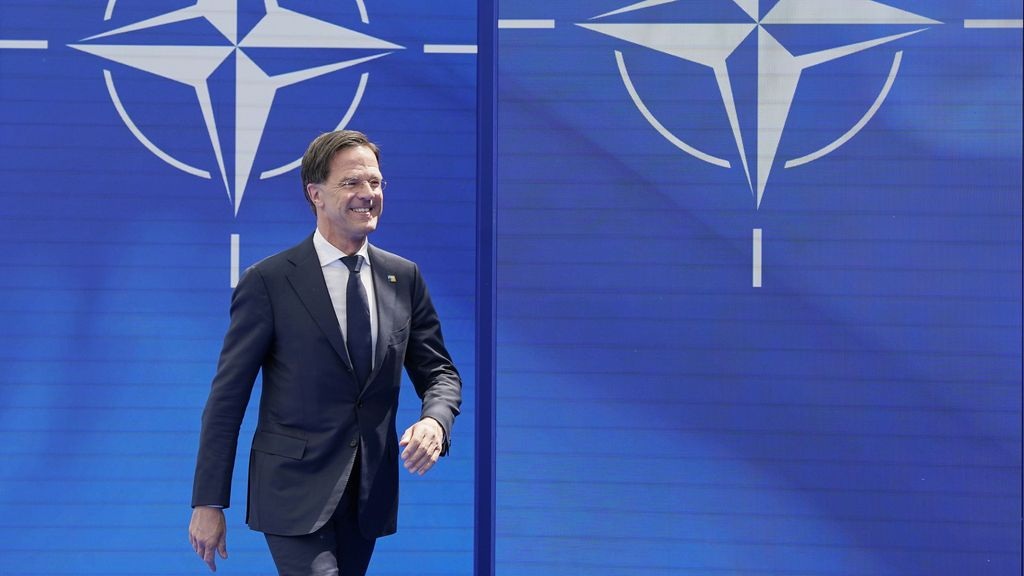
The potential destruction of the Zaporizhzhia Nuclear Power Plant (ZNPP) could have tremendous consequences for Ukraine and Russia, and other European countries. A radiation release could hit any part of the “old continent” and force hundreds of thousands of people to flee their homes. But how likely is such a doomsday scenario?
By Nikola Mikovic
On June 22, Ukraine’s President Volodymyr Zelensky claimed that Russia is “plotting an incident to release radiation from Europe's largest nuclear plant.” The Kremlin dismissed the allegation as "another lie", pointing out that a team of UN nuclear inspectors had recently visited the plant and “rated everything there highly”.
"Unfortunately, I have had to remind people more than once that radiation knows no state borders. And whom it will hit is determined only by the wind’s direction, “ Zelensky stressed.
However, it remains unclear why Russia would destroy the nuclear plant it fully controls. Pro-Ukraine analysts (critics would call them propagandists) claim that Moscow is behind both the Nord Stream pipeline blasts and the Nova Khakovka dam collapse, which suggests that nothing prevents the Kremlin from destroying another strategically important facility.
But if Moscow wanted to create a large-scale nuclear disaster, it could have damaged the Chornobyl Nuclear Power Plant following its defeat from Kyiv and northeastern Ukraine in the spring of 2022.
More importantly, if Russia, almost a year and a half after it invaded the Eastern European country, is still hesitant about bombing the bridges on the Dniepr River or administrative buildings in Kyiv, it is not very probable that it would dare to make a move that would have severe consequences for millions of people.
The Kremlin insists that the United Kingdom blew up the Nord Stream pipelines and accuses Kyiv of striking the Nova Khakovka dam. Further, on June 20, Russia’s Defense Minister Sergei Shoigu accused Ukraine of planning to attack Crimea with long-range US and British missiles.
That is precisely what happened on June 22, when a British-supplied Storm Shadow missile hit a critical bridge between Crimea and Russian-held parts of the Kherson region in Ukraine.
Since Russian President Vladimir Putin repeatedly rules out any severe retaliation to Ukrainian attacks on the Russian Federation and the Russian annexed territories, it is doubtful that Moscow would fiercely respond to the Chonhar Bridge missile strike. Therefore, given Russia’s extremely calculated and limited reactions, the chances for Moscow to blow up the Zaporizhzhia Nuclear Power Plant remain minimal.
The plant is the largest in Europe and among the world’s ten most significant. It represents a great bargaining chip the Kremlin can use to trade with the West and Kyiv. It is also entirely possible that Russian troops are using the plant as a base.
If Ukraine eventually makes significant gains on the battlefield, Moscow might be forced to make another “difficult decision”. The choice will be straightforward – blowing up the nuclear power plant or retreating and allowing the Ukrainian Armed Forces to recapture the facility.
Since the Kremlin has a history of making “goodwill gestures”, Russia’s withdrawal from Enerhodar – the city where the Zaporizhzhia Nuclear Power Plant is located – seems to be the most realistic option. However, the situation on the ground is still not critical for the Russian military, which means that Ukraine can unlikely recapture the town anytime soon.
Hypothetically, Ukraine, rather than Russia, could launch a massive missile strike on the ZNPP, aiming to destroy the facility, and then blame the Kremlin entirely. Although the Western audience would undoubtedly buy Ukraine’s narrative, policymakers in Kyiv are pretty aware that such a move would have profound implications for millions of Ukrainians.
Therefore, unless pressured by the West – although it remains unclear how the United States and its allies would benefit from a nuclear disaster in Europe – Ukraine is unlikely to damage the power plant seriously.
Finally, the fact that five of the ZNPP’s six reactors are in cold shutdown to help minimise the risk of a nuclear accident indicates that no party in the Ukraine conflict is interested in a doomsday scenario. Instead, Moscow and Kyiv seem to be using the threat of disaster at the plant to pressure each other to make certain concessions, be it over the Black Sea grain deal that will soon expire or over some other issue.





